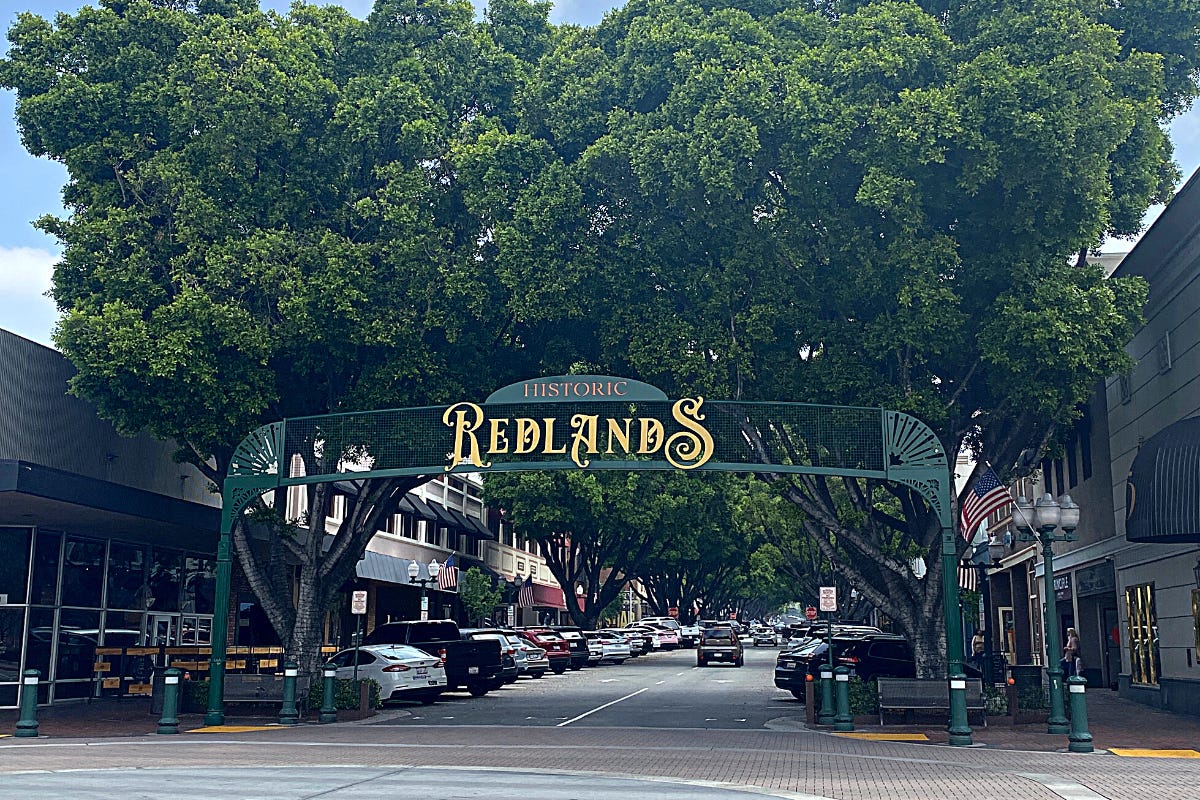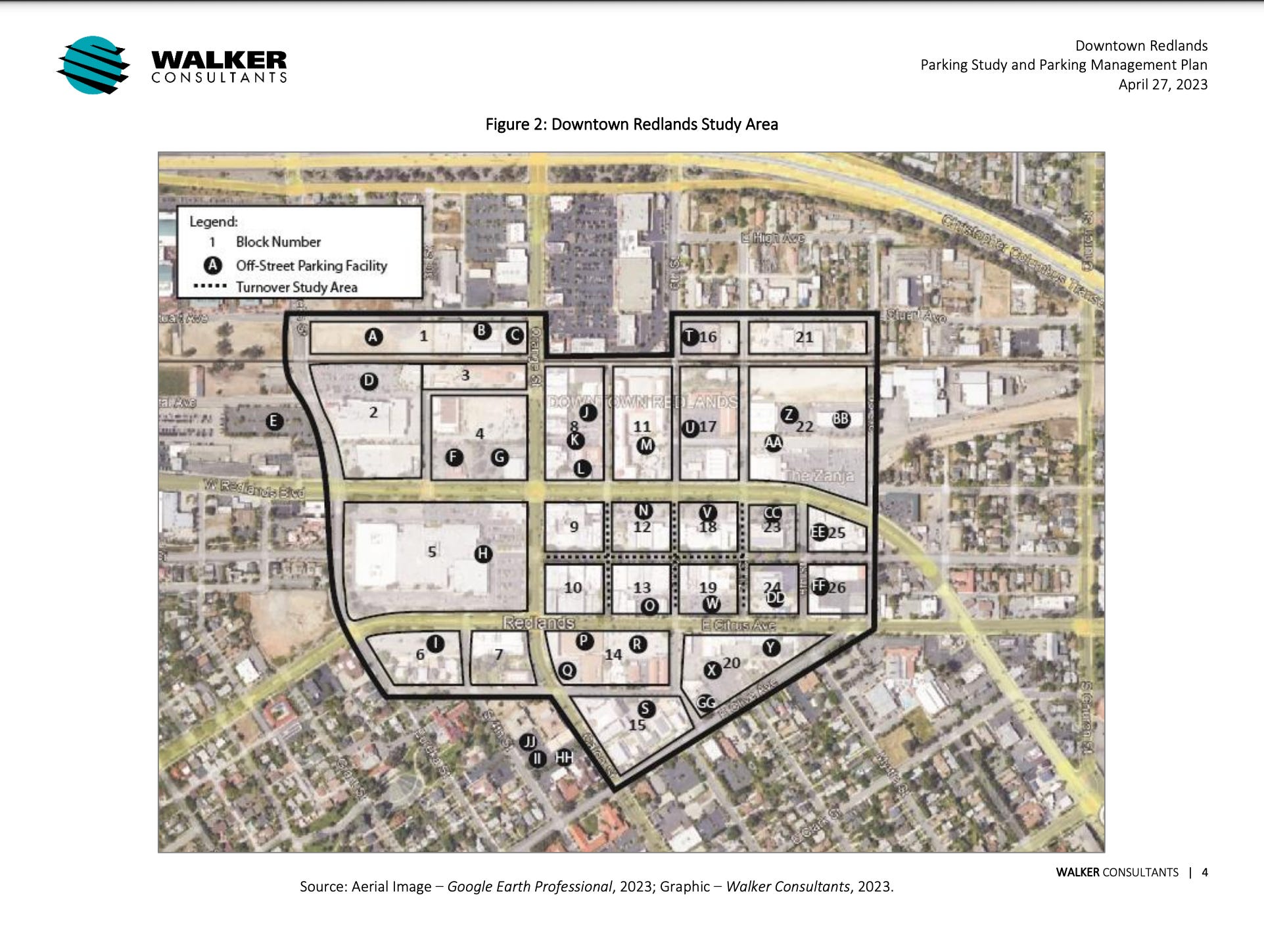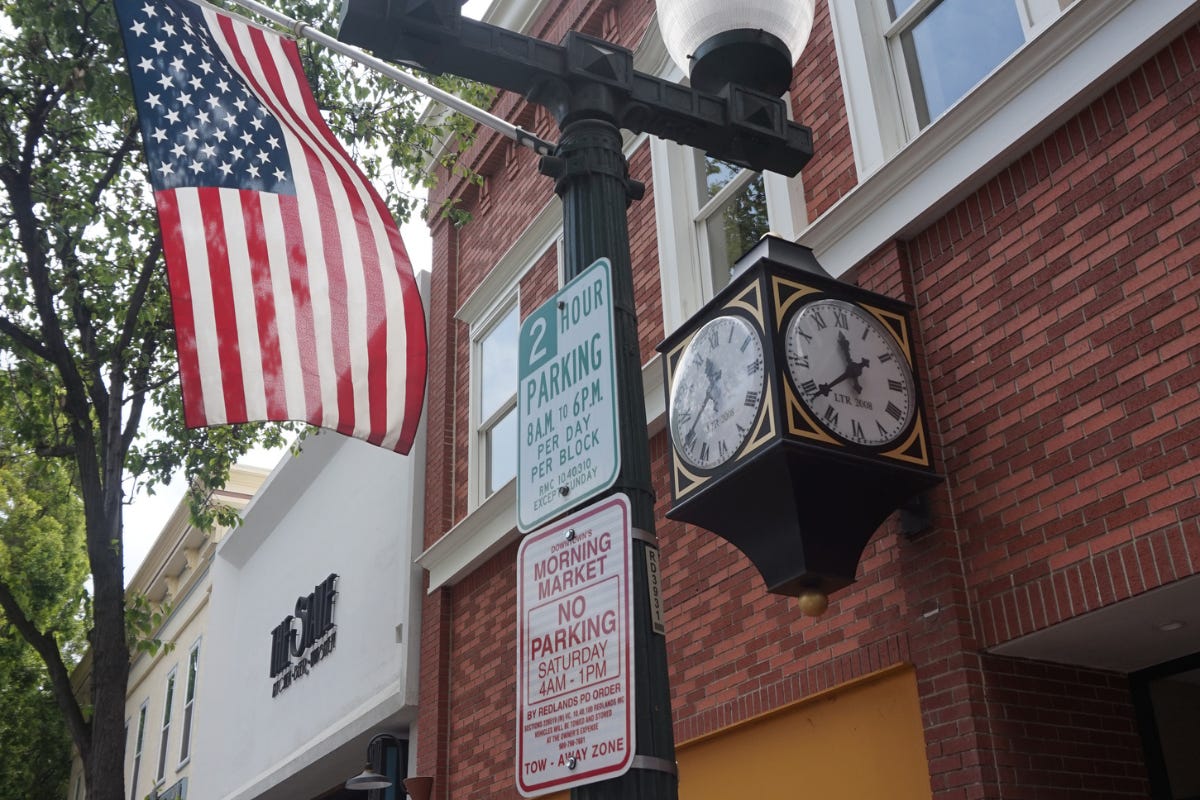Wildcats show some bite in summer league
SAN BERNARDINO, Calif. – The atmosphere was sticky at the Pearce Sports Center during the Coyote Summer League on Thursday, July

REDLANDS, Calif. - America has a parking problem. The need to store our cars has changed how cities are developed, resulting in too much parking. In the United States, there are, by some estimates, as many as 2 billion parking spots - nearly 7 for every car. More square footage is dedicated to housing cars than to housing people in this country, according to research from Henry Grabar in his new book "Paved Paradise."
And yet, drivers are often left circling, unable to find a spot. Grabar writes the anxiety-inducing end to many car trips is driven by the expectation that parking is "convenient, available, and free."
In search of this trifecta, parking lots and garages have reshaped the landscape of American cities. The reliance on cars and the need for a place to keep them has hindered the development of affordable housing, and it's bad for the environment.
Decades-old parking minimums are primarily responsible for the national overstock of car storage. It's parking minimums, quietly imposed by local governments, that have shaped our cities. They require developers to build a set amount of parking spaces, regardless of whether residents want or need them. Conventional parking minimums can increase the cost of housing per household by as much as $200-$500 per month, according to Parking Reform Network.
Redlands municipal code has minimum parking requirements for residential and multi-family housing.
But the trend is changing. California is putting a limit on local parking minimums. Starting in January 2023, these development rules cannot be imposed on residents, retail or commercial buildings within half of a mile of a major public transit spot.
With the looming development of 1,000+ downtown residential housing units, the City of Redlands is evaluating its parking situation. Redlands is faced with the challenge of providing adequate parking downtown without taking away from the city's walkability and sustainability goals.
The newly unveiled Downtown Redlands Parking Study by Walker Consultants seeks to strike a delicate balance of managed parking while encouraging alternative modes of transportation. This newsletter looks at how the study recommends finding the sweet spot in parking and what residents can do to be part of the conversation.

First, the study looked at parking supply and usage in the downtown district between Eureka and 9th Street and from Stuart Avenue to Olive Avenue and Vine Street.
Parking inventory includes downtown public parking, other city-owned supply, and private parking. In total, there are nearly 5,000 parking spots in the downtown area of the study.

Part of this inventory includes 468 spots at the Redlands Mall parking lot. When calculating parking demand, only the spaces occupied at the mall were included. The number of spaces available were not counted because this parking will be removed by a new development soon.
The State Street Village project, approved by City Council in May 2022, will replace the 468 parking spots at the Redlands Mall. The plans include a five-level above-ground parking structure with 686 spaces and two subterranean parking garages with 640 total spaces. The additional 1,326 spots will be developed alongside 700 multi-family dwelling units.
Ideally, about 85% of parking spots on the street should be in use during peak hours. This ensures most spaces are being used while still providing spots for those needing to park. The study explains that when occupancy exceeds 85% drivers perceive parking as "full" and spend more time looking for a space.
The study collected data on downtown parking on Thursday, November 17, and Saturday, November 19, 2022. The study found peak parking demand occurred between 11 a.m. - 1 p.m. on both Thursday and Saturday.
On Thursday at 1 p.m., 48% of the total spots were occupied. During lunchtime on Saturday, only 40% of the spaces were in use.
The study found that while parking is available in the area, there are also zones of parking congestion.
Narrowing the area to parking around State Street and the occupancy increased significantly. Citrus Avenue parking structure and Ed Hales Parking Lot to be nearly full during peak hours (99% and 97%, respectively).
The study reported that a lot of drivers were circling in search of parking spaces, even though there were more than 2,000 empty spaces in the downtown area.
According to the study, maintaining parking occupancies between 85 to 90 percent is crucial. Occupied parking exceeding this threshold frustrates visitors and could lead them to seek businesses elsewhere. On the other hand, lower occupancy indicates an excess of parking.
Second, the study included community outreach to understand visitors' and residents' experiences and expectations of parking downtown. Overall, the study found that residents and visitors were not overly dissatisfied with the current parking situation in downtown Redlands. However, it is important for them to have parking reasonably close to their destination.
Parking experience: Walker Consultants surveyed visitors to downtown Redlands on two days in the fall of 2022. Of the 155 people surveyed, most drove downtown (135), and the others either walked, biked, took public transit, or were dropped off. Here's what they found:
Parking expectations: The parking study also looked at Redlands' National Community Survey (NCS) results from 2022.
Walker Consultants also interviewed downtown employees and businesses. This group shared a lot of concerns over downtown parking. Here are four key takeaways from the feedback received from downtown employees and businesses.
The study found that community outreach and feedback aligned with the city's parking vision and goals outlined in the Transit Village Specific Plan. These goals inform how the city will move forward when considering parking in future development plans.
The overarching goal is to implement a Downtown Parking Management system. This approach aims to manage demand for parking rather than increase supply. Some aspects of this would include focusing on the availability of on-street parking in front of stores, restaurants, entertainment venues, and residences. Another critical component is encouraging a "park-once" environment. This is possible by developing a network of small blocks, pedestrian-friendly streets, and multiple destinations within easy walking distance. Finally, providing "sufficient demand-based parking" for existing and new development so that all parking spaces, public and private, are used efficiently. Using current infrastructure frees up resources for investment in things like walking and biking paths or making safety improvements.

The study used input from residents, visitors, and businesses and current and forecasted supply and demand data to provide policy solutions. The report outlines specific ways to manage parking in downtown Redlands. These can be broken down into three main categories: managing supply, decreasing demand, and increasing supply.
Increase access to under-used parking spaces to use better the current supply of nearly 5,000 spots in the downtown area.
Manage on-street parking to incentivize shorter stays and disincentivize long stays in the most convenient spots through a paid parking pilot, parking enforcement, adjusted time limits, and a loading and delivery plan.
Unbundle Parking Ordinance to separate the cost of parking from the cost of renting or purchasing a unit or property. This allows parking spots to be used more efficiently, and non-drivers will not need to pay for parking they do not use. Unbundled parking also opens the door for the city to lease or purchase existing parking facilities and open them for public use.
Remove restrictions limiting use of public facilities when the parking lots are under-utilized. One example is opening weekday employee parking to the public during evening and weekend events.
Establish a Downtown Parking Benefit District for community stakeholders to oversee management and identify needs, issues, and opportunities with parking downtown.
Use incentives, awareness, and improvements in the environment to impact the demand for parking.
Improve pedestrian experience through safety improvements, increased shade cover, and other aesthetic improvements.
Encourage sustainable transportation through bike parking, shared mobility services, employee cash-out programs in place of free parking, and a transportation wallet program for downtown employees. The study also suggests the exploration of a downtown trolley pilot.
Provide more public parking through new infrastructure.
If the parking management tactics outlined above are insufficient to prevent a reduction in visitors due to the parking situation, the city might consider other measures. In this case, the study suggests a feasibility study on constructing a parking facility. The existing City Hall site is considered an ideal spot for redevelopment into a parking structure. Plans to include retail and up to 400 parking spots are outlined in the study.
Sign up for our weekly newsletter